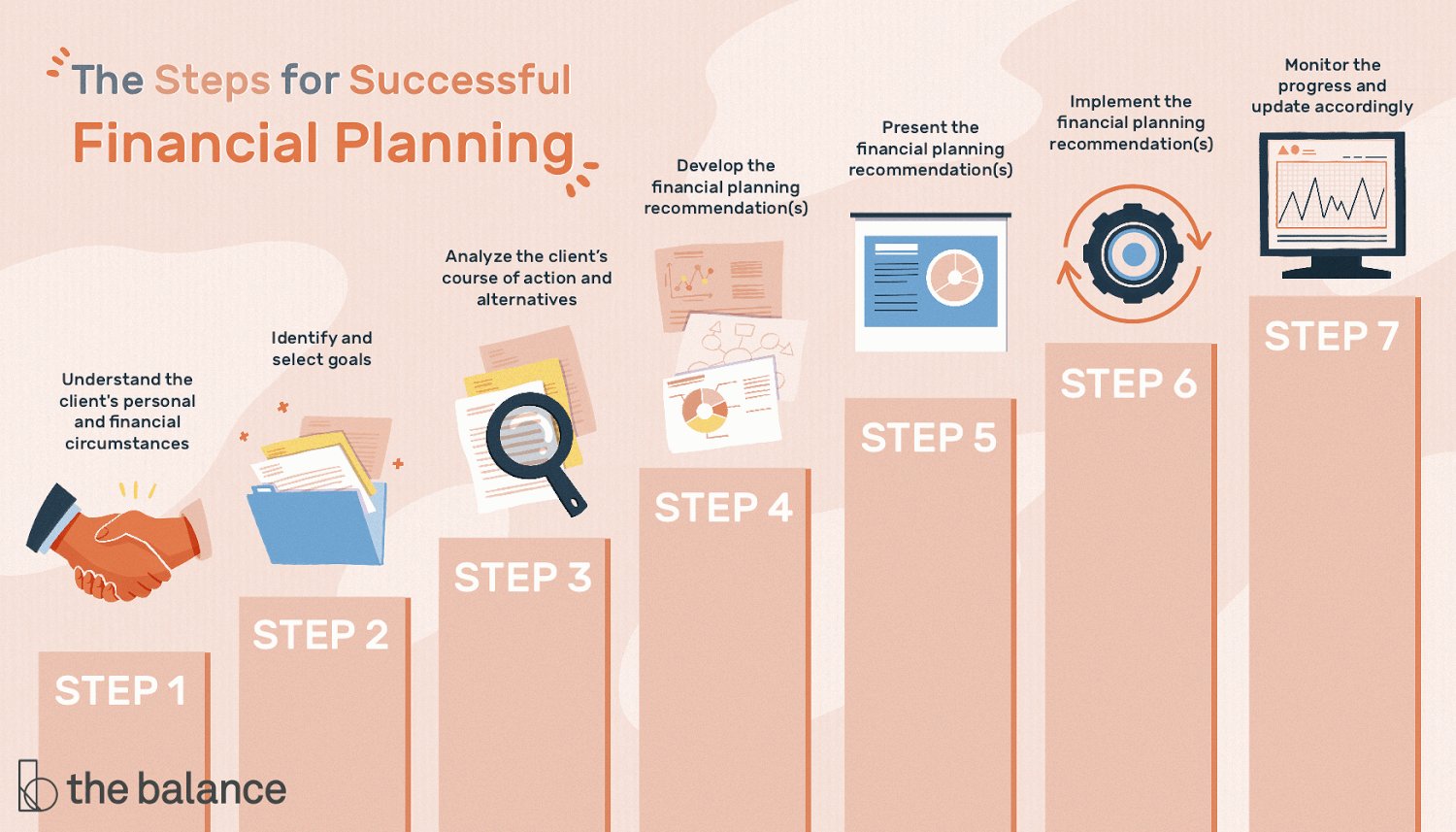Planning a cross-country move can be overwhelming, but don’t worry, we’ve got you covered on how to budget for a cross-country move. Moving to a new state is an exciting opportunity, but it’s crucial to approach it with a well-thought-out financial plan. By strategically allocating your resources and making smart decisions, you can minimize stress and ensure a smooth transition. In this article, we’ll guide you through the essential steps to budget effectively, helping you stay on track and make the most of your moving experience. Let’s dive right in!
How to Budget for a Cross-Country Move
Moving across the country can be an exciting adventure, but it can also be a stressful and expensive endeavor. From hiring professional movers to transportation costs, there are many factors to consider when budgeting for a cross-country move. In this comprehensive guide, we will walk you through the steps to create a budget that will help you plan and execute your move efficiently.
1. Determine Your Moving Budget
Before you start planning the logistics of your cross-country move, it’s essential to determine your moving budget. This will act as the foundation for all your decision-making processes. Here are a few steps to help you determine your moving budget:
- Evaluate your current financial situation by assessing your savings, income, and any additional resources you can allocate towards the move.
- Consider the cost of living in your new location. Research the housing market, transportation expenses, utilities, and any other factors that might impact your budget.
- Factor in unexpected expenses and create a contingency fund. It’s always wise to have some extra funds set aside for any unexpected costs that may arise during the moving process.
By taking these steps, you will have a clearer picture of how much you can allocate to your cross-country move and can proceed to plan accordingly.
2. Research Moving Options
Moving services can vary significantly in terms of cost, convenience, and level of assistance provided. Researching and comparing various moving options will help you choose the one that best fits your budget and requirements. Here are some moving options to consider:
- Full-Service Moving Companies: These companies handle every aspect of your move, from packing and loading to transportation and unpacking. While they provide a comprehensive service, they can be more expensive.
- Self-Moving: Renting a truck and handling the entire moving process yourself can be cost-effective, especially if you have friends or family who can help. However, keep in mind that it requires more effort and time on your part.
- Partial-Moving Services: Some moving companies offer partial services, such as loading and transportation, while you handle the packing and unpacking. This option allows you to customize your move according to your budget.
Compare quotes, read customer reviews, and assess the pros and cons of each option before making a decision. Remember to include these costs in your budget calculations.
3. Create a Moving Inventory
Creating a detailed moving inventory is crucial for estimating the size of the move and determining the transportation costs. It will also help you decide which items to take with you and which ones to donate or sell. Follow these steps to create an inventory:
- Room-by-Room Assessment: Go through each room in your current home and make a list of all the furniture, appliances, and personal belongings you plan to take with you.
- Measurements: Take accurate measurements of larger items, such as furniture, to determine if they will fit in your new space. This will also help with transportation planning.
- Assign Values: Assign values to your belongings to estimate the insurance coverage you may need during the move. This will also help you decide if it’s worth moving certain items or if it’s more cost-effective to sell or replace them in your new location.
Having a comprehensive moving inventory will allow you to budget more accurately for packing materials, transportation costs, and potential storage fees.
4. Consider Transportation Costs
Transportation costs can make a significant dent in your moving budget, especially when moving across the country. To effectively budget for transportation, consider the following factors:
- Distance: Cross-country moves involve longer distances, which can affect the overall cost. Calculate the distance between your current location and the new destination to estimate transportation costs.
- Mode of Transportation: Decide on the mode of transportation that works best for your move. If you’re driving your own vehicle, account for fuel expenses, tolls, and accommodation along the way. If you’re flying, calculate the cost of airfare and any additional fees for bringing your belongings.
- Shipping: If you are not taking all of your belongings with you immediately, consider shipping them separately. Compare shipping rates and services to find the most cost-effective option.
By factoring in transportation costs early on in your budgeting process, you can allocate the necessary funds and avoid any last-minute surprises.
5. Plan for Packing and Supplies
Proper packing and supplies are essential for a successful cross-country move. Here’s how to budget for packing materials:
- Pack Efficiently: Start decluttering and organizing your belongings well in advance. This will help you determine the number of boxes, packing tape, bubble wrap, and other materials you will need.
- Acquire Free Supplies: Look for free or low-cost packing supplies, such as boxes from local grocery stores or online marketplaces. This can significantly reduce your packing material expenses.
- Budget for Specialty Items: If you have fragile or valuable items, consider investing in specialty packing materials to ensure their safe transportation.
By planning for packing materials and supplies ahead of time, you can avoid overspending and stay within your budget.
6. Factor in Additional Costs
When budgeting for a cross-country move, it’s crucial to consider additional costs that may arise during the process. Here are some potential expenses to account for:
- Storage: If you need to store your belongings before or after the move, consider the cost of renting a storage unit. Research different storage options and include this expense in your budget.
- Insurance: Determine if you need additional insurance coverage for your belongings during the move. Consult with your homeowner’s insurance provider or consider purchasing moving insurance separately.
- Utilities and Deposits: Plan for any connection fees, deposits, or upfront payments required for setting up utilities in your new home.
- Travel Expenses: If you are driving to your new location, consider the cost of accommodations, meals, and potential vehicle maintenance along the way.
Accounting for these additional costs will help you create a more comprehensive and realistic budget for your cross-country move.
7. Get Multiple Quotes
To ensure you are getting the best possible deal, it’s essential to obtain multiple quotes from moving companies, truck rentals, or any other services you may require. Consider the following steps:
- Research Reputable Companies: Look for well-established and reputable companies in the moving industry. Read reviews, check their licenses and insurance, and verify their credentials.
- Request Quotes: Reach out to different companies and provide them with detailed information about your move. Ask for written quotes that include all the services and fees involved.
- Compare and Negotiate: Once you have received multiple quotes, compare them thoroughly. Take into account the services offered, insurance coverage, and overall cost. Don’t hesitate to negotiate with the companies to potentially lower the price.
Obtaining multiple quotes will allow you to make an informed decision and ensure that you are getting the best value for your money.
By following these budgeting tips and steps, you will be well-prepared for your cross-country move. Remember to start planning early, keep track of your expenses, and always have a contingency fund for unexpected costs. Happy moving!
TIPS FOR MOVING ???? (CROSS COUNTRY MOVING ON A BUDGET)
Frequently Asked Questions
Frequently Asked Questions (FAQs)
How much does it cost to move cross-country?
The cost of moving cross-country can vary depending on several factors such as the distance, the size and weight of your belongings, additional services required, and the moving company you choose. It is recommended to get quotes from multiple moving companies to compare prices and find the best option for your budget.
What are the different expenses to consider when budgeting for a cross-country move?
When budgeting for a cross-country move, it is important to consider expenses such as packing materials, moving company charges, transportation costs, insurance, storage fees (if applicable), and any additional services you may require. You should also factor in potential costs for travel, meals, and accommodation during your move.
How can I save money on a cross-country move?
To save money on a cross-country move, you can consider decluttering and selling or donating items you no longer need. Packing your belongings yourself instead of hiring professional packers can also help save costs. Another way to save money is to choose an off-peak moving date when moving companies may offer lower rates.
Should I hire professional movers or rent a moving truck?
Deciding whether to hire professional movers or rent a moving truck depends on your specific needs and budget. Hiring professional movers can save you time and effort as they handle the packing, loading, and unloading of your belongings. Renting a moving truck can be more cost-effective if you are comfortable with managing the entire moving process yourself.
What additional services might I need for my cross-country move?
Additional services that you might need for your cross-country move include packing and unpacking services, furniture disassembly and reassembly, appliance servicing, and storage facilities. Assess your requirements and determine which services are essential for a smooth and stress-free move.
How far in advance should I start planning my cross-country move?
It is recommended to start planning your cross-country move at least two to three months in advance. This will give you enough time to research moving companies, gather quotes, declutter, and make any necessary arrangements for packing, transportation, and additional services.
What are some commonly overlooked expenses when budgeting for a cross-country move?
Some commonly overlooked expenses when budgeting for a cross-country move include pet transportation costs, utility setup fees at your new location, vehicle transport if you’re not driving, and the cost of any necessary travel documents or permits. Make sure to account for these expenses to avoid any surprises.
Are there any ways to reduce the stress of a cross-country move?
Yes, there are ways to reduce the stress of a cross-country move. Start by creating a detailed moving checklist and plan. Delegate tasks and seek help from friends or family members. Stay organized by labeling boxes and keeping important documents easily accessible. Take breaks when needed and remember to take care of yourself during the process.
Final Thoughts
Budgeting for a cross-country move may seem overwhelming, but with careful planning and consideration, you can successfully manage your finances. Start by creating a detailed budget that includes all potential expenses such as moving services, transportation, packing materials, and utility connections. Research and compare costs from different moving companies to find the best deal. Look for ways to save money, such as selling unnecessary belongings or opting for a DIY move. Additionally, be sure to factor in hidden costs like insurance and temporary housing. Stay organized and track your expenses to stay within your budget. By following these steps and being mindful of your spending, you can effectively budget for a cross-country move.



